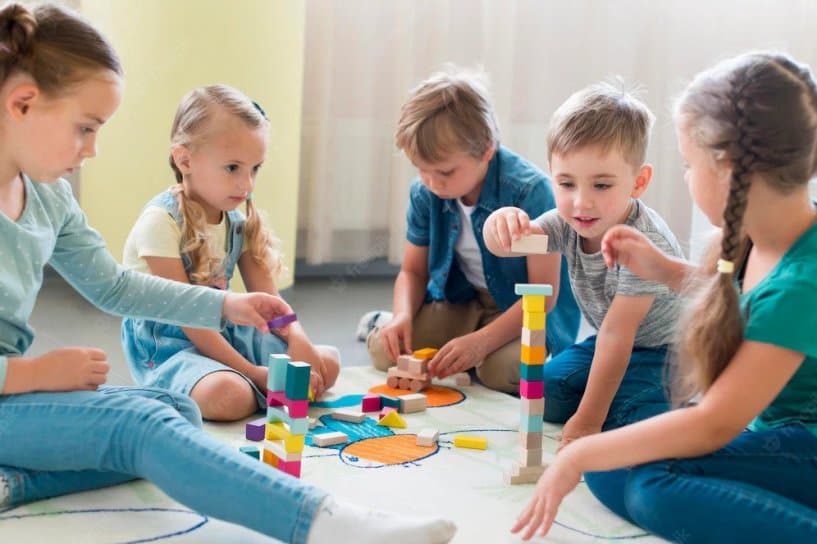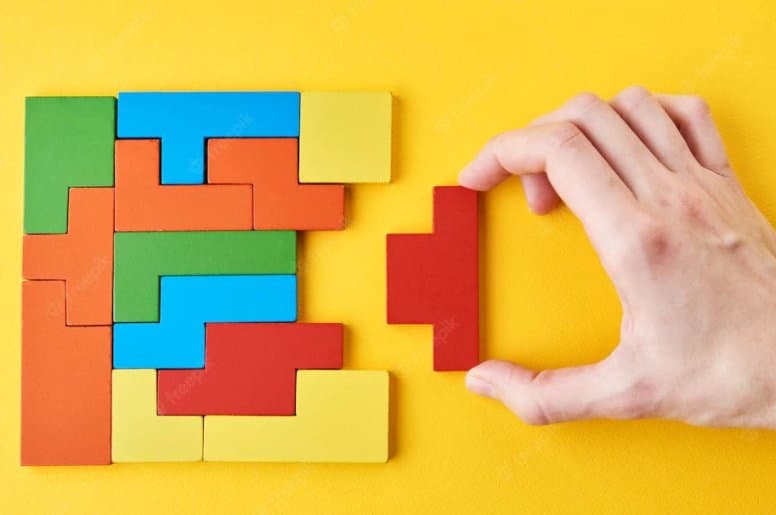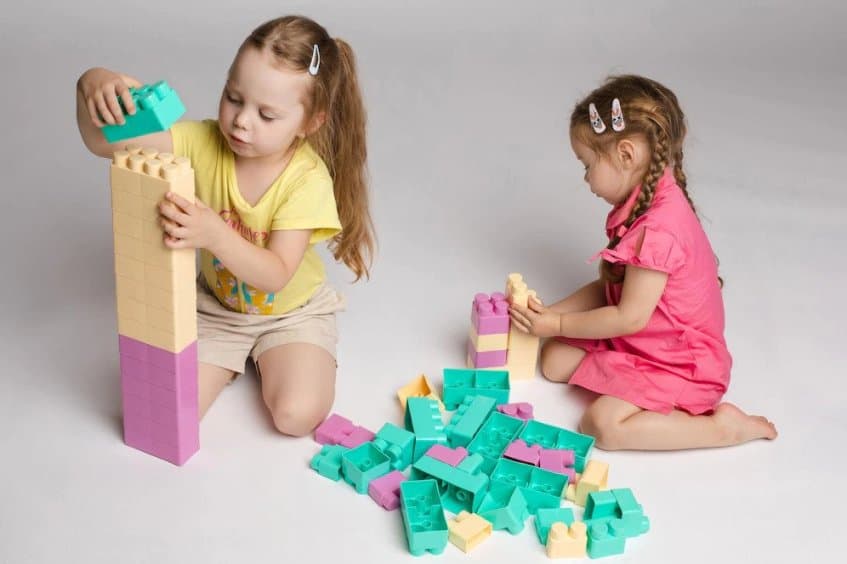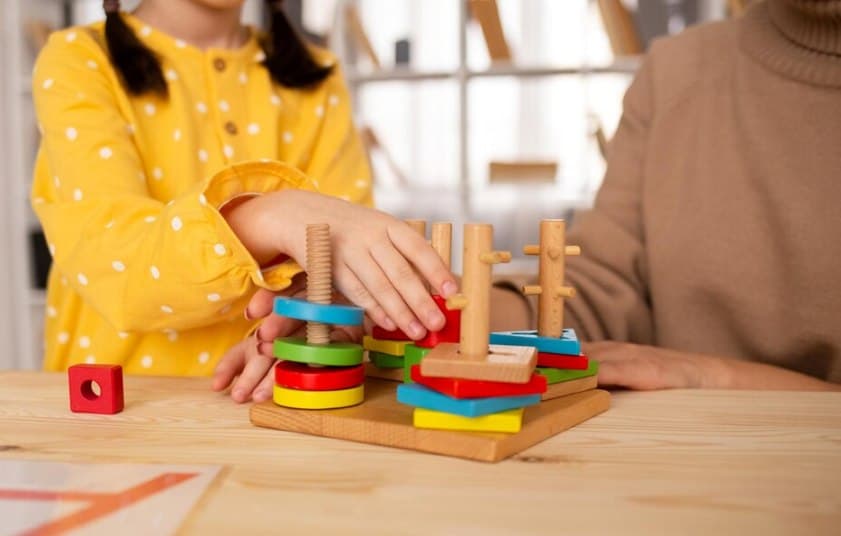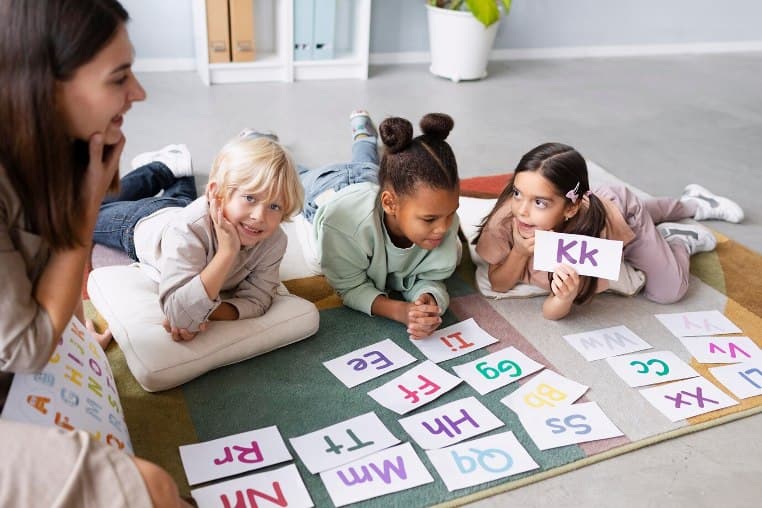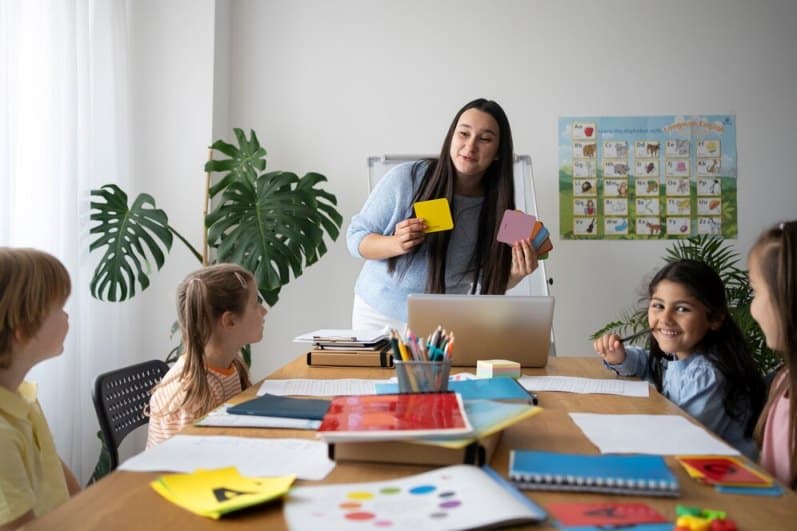Kids must grow their rational capacity, critical thinking, and problem-solving skills as they attain kindergarten and school. It will help them become confident and know how to deal with and solve different problems. The skill will later influence their personality and career development.
Henceforth, providing the right problem-solving activities for kindergarten students is incredibly important to help them develop various skill sets. As a school authority and teacher, you should prepare small but interesting problems and encourage the kids to solve them.
These problem-solving skills may include tic-tac-toe, Simon says, puzzles, treasure hunts, etc. Also, you may try free building play, role-playing, etc., problem-solving skills. All these activities will develop kids’ communication skills, teamwork, critical thinking, and other abilities.
What Type of Problem Solving Activities Teachers Can Choose In Kindergarten?
When developing problem-solving skills for kids at kindergarten, you have to take care of their interests. They are slightly older than toddlers, so they will fail to enact high-end roles. Also, you shouldn’t offer them activities that are not suitable for their age. Last but not least, these activities shouldn’t bother them, and you must grow their interest so they actively participate in them.
It will also be crucial to control the class and activities of the kids. Keeping all these facts in mind, you may choose from the following works to help kids improve their problem-solving and critical thinking skills.
- You can use objects and ask the kids to create different characters or shapes with them.
- You can act and solve the problem and allow the kids to role-play along with you.
- Identifying and looking for different patterns.
- Picture drawing and identifying different patterns and colors within the picture.
- Create projects and ask students to take part in the projects.
- You may teach the kids’ graph drawing techniques.
- Guessing and checking different words or patterns is also useful.
These are the basic ideas for developing problem-solving projects for kids. You can design these various activities following the kids’ age and interests.
Top 7 Problem Solving Activities for Kindergarten
For kindergarten students, you must develop engaging and easy-to-solve activities. Otherwise, kids will soon lose interest in it. We have kept it in mind to include these top 7 activities.
Simon Says:
In this activity, one of the children role-plays as Simon. The kid will give different commands, and others will need to follow his commands. However, the kids will act only when the other kid who acts as Simon shouts, “Simon says.”
If any kids fail to enact the command or start working before he hears “Simon Says,” he will be out of the play. This game helps improve the listening and communication skills of the kids. It also develops their response time to different commands.
Puzzle Solving:
Puzzle-solving will improve the critical reasoning and thinking ability of the kids. You can choose from different puzzles and ask the kids to rearrange the puzzles in the right order. So, kids will have to think out of the box and use their imagination to fix one puzzle after another.
Furthermore, puzzle solving will help kids know about different shapes and patterns. For instance, they might have to arrange a rectangular shape with a square one to solve the puzzle board. So, they will think critically and out of the box. As a result, they can take different problems step-by-step to solve them successfully.
Also, as you introduce different puzzles to kids, they will love playing with them.
Related: keys for your child to enjoy math
Spotting Differences
Spotting differences between almost identical pictures is a popular game among adults. In this game, you introduce two identical pictures to the kindergarten students. There will be 3 to 5 minor differences between the two pictures.
After introducing the pictures to the kids, you can ask them to find the difference between the images. As kids look closely at the pictures and find the difference, they will love it. This game is useful for developing the kids’ attentiveness, patience, and observing ability.
Free Building Play:
You can also provide free building play to kids. For this game, you can use almost anything, including Legos, wheels, wooden boxes, PVC piping, old furniture, etc. You only need to provide the kids with all the items and instruct them to develop whatever they may want.
This free-building game develops their imaginative power. Also, playing with various patterns and shapes helps them build their identification and observation power.
Role-Playing Activities:
The role play activity in kindergarten will build teamwork and co-operational skills among kids. You can create a social problem and instruct the kids to solve it in the team. Also, you can provide the kids with different roles and allow them to enact them.
For instance, you can ask a kid to be a pedestrian and another kid to be an accident-sufferer on the road. Then, you can provide a kid with the role of police and another with the role of a physician. Now, you can ask them to help the accident suffer on the road and see how they team up to help the person.
Sorting Together:
In this problem-solving activity, you will provide kids with various items. Then, you should instruct them to sort out these items following their types. For instance, you can provide pictures of different animals, birds, etc.
Then, follow their types, and ask the kids to sort the birds, pet animals, wild animals, etc. Alternatively, you can give them bins and different objects. Then, ask the kids to sort the items depending on their usability in various bins. You can ask them to sort the kitchen items in a green bin and living room items in a blue bin.
This activity improves their thinking, observational, and identification capacity.
Check: Creativity in children, how to develop it in everyday life
Hide And Seek:
The hide and seek play helps the kids socialize quickly. Also, as kids play in a group, it will develop teamwork capability among them. Finally, kids will learn how to skip a troublesome situation, where to hide and how to find the hidden person.
So, kids can observe their location and know the uses of the place.
Conclusion
In our guide, we try to show you the top 7 problem solving activities for kindergarten that should be useful for schools and teachers. Even parents can practice these interesting and easy activities at home to shape the personality of their kids. These activities aim to develop the kids’ observational power, critical thinking, reasoning, and problem-solving skills. Plus, it will help prepare the kids for the challenges later in life.

